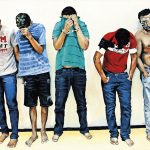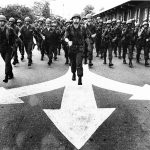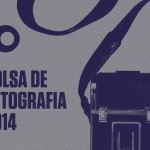Summary 06
Publicado em: 16 de October de 2014ART CRITICS AND ARTISTS have been discussing what is unique about photography’s artistry since it was invented. In 1976 Alair Gomes, prolific photographer and compulsive writer, decided to contribute with the debate, unravelling his arguments in “Critical and candid reflections on photography.” After nearly 40 years, the rigour and originality of his thinking are still influential. Photography’s trump card, Alair says, is the medium’s ability to work with a large number of images – and so create narrative sequences. It is this reasoning that illuminates his work, as can be seen in the photographs and in the text hidden away in his files which are, according to the National Library of Rio de Janeiro, as yet unpublished.
Narrative cohesion and critical reflection on photographic language have always been of interest to ZUM. At the invitation of the magazine, the Indian photographer Dayanita Singh retraces her career in an essay that weaves together text and image, fact and fiction. Rubens Mano’s new work presents a collection of 60 stills taken from his videos of Brasília – his unblinking view of the city balances concrete and improvisation, ruin and construction. Raul Garcez’s affectionate and equally melancholic gaze roams over the first public housing development in São Paulo, constructed in the 1950s.
An antidote to these times of irrelevant selfies, vibrant portraits fill the pages of this edition. In a humorous and confessional piece, Richard Avedon challenges the naturalness of the pose by declaring the artificialness of his family albums and his admiration for the drawings of Egon Schiele. Dutch photographer Rineke Dijkstra may have heard Avedon’s advice: with a painter’s eye, she contemplates the discomfort of children and young people invited to pose – sometimes for long periods – in the lush greenery of parkland. Soon to turn 80, Malick Sidibé has immortalized Mali society’s enthusiasm for fashion and popular culture fads during the post-independence period.
Photography slowly reveals its political sensibilities. While David Perlov reflects on the private and the public in his films, Antonio Manuel’s interventions on newspaper articles and photographs strengthen his artistic voice. Re-affirming his position as one of the most important thinkers on photojournalism, Fred Ritchin discusses the future of the profession and the inadequacy of the term “digital photography” when we are to describe what comes next. Ritchin’s thoughts on this are well illustrated by the press collective Mídia Ninja in their coverage of some of the most immediate issues that have affected Brazil and the world. Is there a pixel at the end of the tunnel? Or is it that, as Alair used to provoke, photography has yet to become fully conscious of itself?







